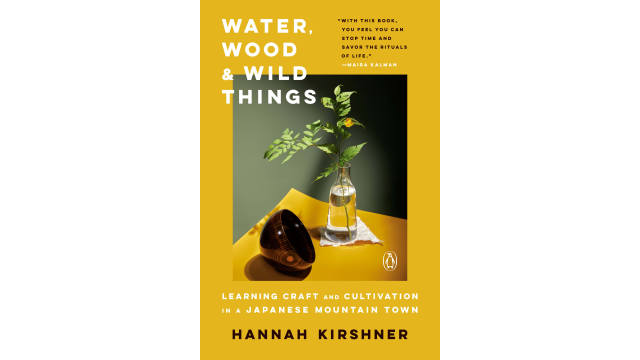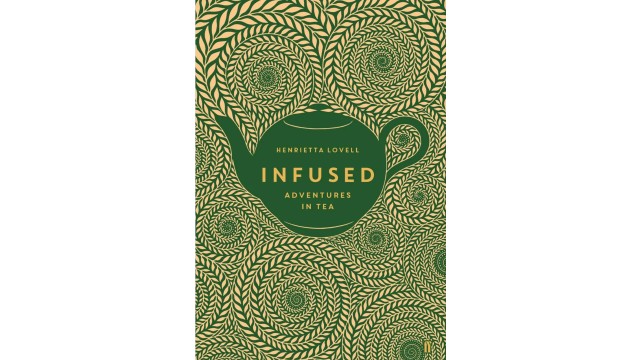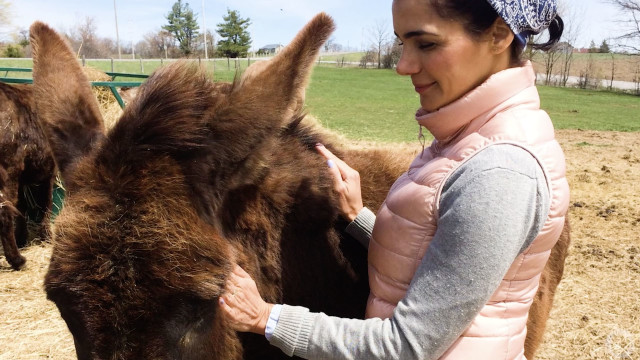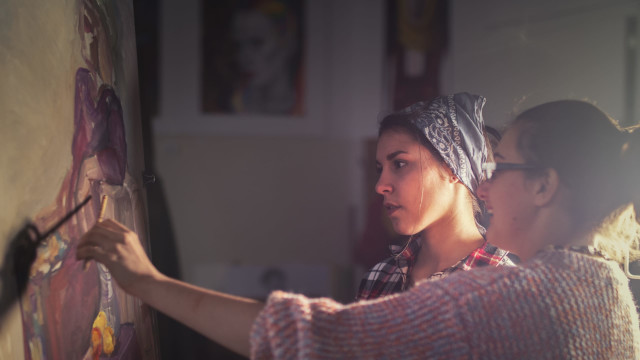The Soothing Ritual of Leaf Tea

The Chinese writer and tea enthusiast Lu Yu wrote, in his 8th-century book on tea Cha’Ching, that to truly enjoy tea one must use a porcelain cup, preferably beside a lily pond and in the company of a desirable companion.
The Tang Dynasty writer’s focused attention on the art of both making and enjoying tea was not the result of some neurotic obsession, but rather an understanding that our precious lives have always been too short not to derive the greatest pleasure out of every possible moment.
Drinking tea (Camellia sinensis) goes back many millennia beyond the Tang Dynasty, so I think we can rule it out as a fad. Tea has, from the start, been considered a delicious medicine, and the practice of making it, with some consideration and attention, a soothing ritual in itself.
Well, it could be.
In our modern context though, it often isn’t.
It would be hard to describe sloshing a teabag about impatiently in a mug as a true pleasure. And is a drink brewed this way in any way medicinal? With around 95 percent of the tea drunk in Europe and North America brewed from industrial teabags, it seems worth asking what we are also ingesting with the bag, and what we might be missing.
Here’s what I ask you to consider, if you haven’t already. Make loose leaf tea, in a teapot. I’m British and I grew up, as we all do here, with a strong emotional attachment to teabags. I understand that what I’m suggesting might be hard to take in at first. Tea bags are so convenient.
Wellbeing in a Teacup
But please bear with me, because making loose leaf tea requires so little of you and offers so many more benefits than you may have imagined, opening your world to greater delights. Not just in terms of the pleasure of making and drinking tea, but also as a way to make a positive impact on our lives, our health, our wellbeing, and even our fragile planet.
I’m proposing that we might make a very positive impact on our capacity for pleasure, and at the same time make a positive step towards a more sustainable future. It might just be worth a try?
To encourage you to embrace the teapot, examine what you might be leaving behind. If you happen to have a teabag to hand, try cutting it open, pouring out the tea and brewing the empty bag in boiling water. How does it taste? Not exactly a delicious drink.
The bag is probably made from wood pulp, plastic, or GMO corn turned into a “silken” plastic mesh. That bag, in the majority of cases, contains billions of microplastics and is not biodegradable. Most paper teabags have plastic in them, too, and are only 70 to 80 percent biodegradable. They host a hidden plastic “net” made of polypropylene, which won’t break down in your compost heap. Plant-based plastics, used in place of oil-based plastics in teabags, are still plastics, and still need industrial composting to break down.
Then there are the glues, the bleaches, and the cocktail of industrial chemicals used to turn raw materials into paper and plastic in the first place. In the UK alone we dunk more than 60 billion single-use bags of tea a year. Think of the carbon cost of teabag manufacture. Forests and fields of precious natural resources are destroyed, exploited and endangered to make even the most beautifully packaged, organically certified, “sustainable” teabags.
There are some truly biodegradable bags out there, but even these must be industrially processed from raw materials into packaging. Corn and trees don’t turn into paper or plastic “silken” mesh by magic. The chemicals used in their industrial manufacture don’t disappear magically. They get into the water supply, and they get into us.
This is what you are infusing along with your tea.
It is so much more pleasurable to consider a teapot.
A teapot is the simple, elegant solution we can all embrace. It makes better tea. It can be a thing of great beauty, a prize possession affording you great pleasure in itself, beyond its use. And it is used not once, but for a lifetime and beyond.
Teatime Rituals
Some of my most treasured possessions are my teapots. They are objects of function and beauty that adorn my home and my office. I choose specific teapots depending on the tea I am infusing, and my mood. Some have been handed down through generations, and when I use them, I remember the hands that once held what I am now touching.
Using a teapot is such a simple act. The method is the same as a bag: hot water extracts flavor from dried leaves. We pour water in and strain it out. Yet the results can be spectacularly different.
Cramming the leaves in a bag, with less surface area available for infusing, actually makes the process slower than putting your loose leaves in a teapot. The type of tea often hidden inside a teabag might infuse quicker, if it is processed into a fine dust with a higher surface area to volume ratio. In the tea trade, the fine cut dust is called “fannings” and is the cheapest, lowest grade. It doesn’t have much flavor left, beyond tannic and bitter compounds.
Comparing a fannings teabag with a whole leaf tea is rather like comparing an alcopop with a fine wine. One is manufactured for volume and price, and the other is crafted to be the most incredible expression of the harvests from a unique patch of land that the craftsmen and women can create.
Then there is the ritual of making tea. A quiet moment with treasured objects and precious leaf. The most delicious tea is not a fine industrial dust, but a crafted whole or part of a leaf; it needs room to unfurl and time to infuse. As the hot water draws out the exquisite and complex flavors of your beautiful tea, the leaf expands, unfolds, and allows every molecule of its complexity to be revealed.
It’s true that an industrial tea bag might be marginally easier to use. But so are instant coffee granules. That doesn’t stop us embracing the delight of a freshly ground coffee bean.
It takes some care and attention, as in all great love affairs, to flood your life with pleasure.
Finally, tea leaves can go from the teapot straight into the compost, into your food waste or into your garden to fertilize the soil, while protecting the ground from water evaporation and keeping the weeds at bay. They are clean and break down easily, like any leaves.
How wonderfully lucky we are to be able to derive pleasure from something that is actually good for us. Knowing that this “sweetest dew from Heaven,” as Lu Yu called it, is good for our planet makes it sweeter still.
Key Takeaways
- Brewing tea is therapeutic.
- It is better for the environment.
- Brewing tea releases its flavors.









